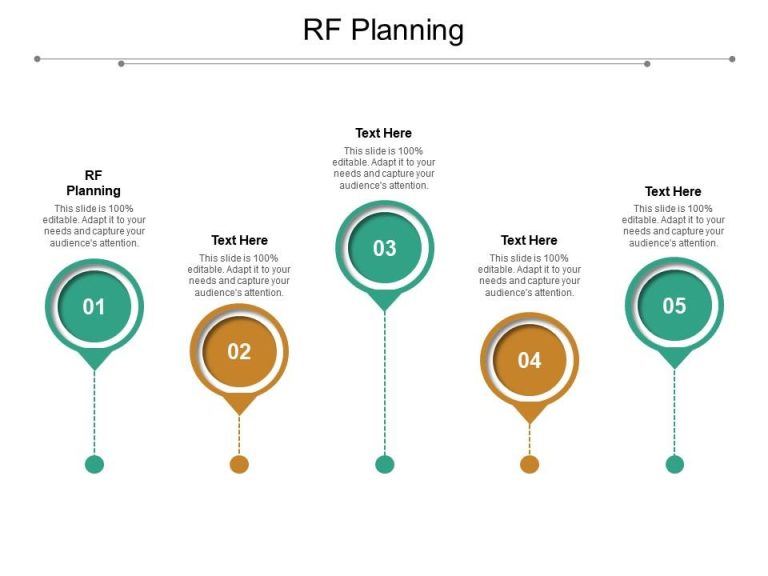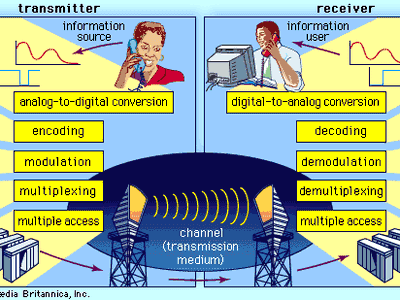Understanding Zimuth Angular Spread at Arrival (ZSA) in Wireless Communication
telcomatraining.com – Zimuth Angular Spread at Arrival (ZSA) is a key parameter in the field of wireless communication, offering insight into the angular spread of signals as they arrive at the receiver. This metric plays a vital role in understanding the behavior of electromagnetic waves in different environments and is essential for optimizing wireless networks. Let’s explore ZSA in more depth and discuss its significance, causes, and applications.
The Role of Angular Spread in Wireless Channels
In wireless communication systems, electromagnetic waves propagate through various environments. These signals often interact with surfaces, objects, and obstacles along the way, leading to reflections, diffractions, and scattering. These interactions cause the signals to reach the receiver antenna from multiple angles. Angular spread refers to how much the signals are dispersed or spread out over different angular directions when they arrive at the receiver.
Understanding the angular spread of signals is critical because it affects the overall performance of the wireless communication system. A wider angular spread can lead to more interference and signal degradation, while a narrower spread typically results in better signal quality.
What is ZSA?
Zimuth Angular Spread at Arrival (ZSA) is specifically used to describe the distribution of signal arrivals within the horizontal or azimuthal plane. It quantifies the degree to which the incoming signals are spread across various azimuth angles. ZSA is typically measured in degrees and provides valuable information about the variability and complexity of the wireless channel. Essentially, ZSA helps to measure how the angular spread of incoming signals impacts communication performance.
Factors Affecting ZSA
Several factors influence the ZSA in a wireless communication system. One of the primary contributors is multipath propagation. Multipath occurs when a signal takes multiple paths from the transmitter to the receiver due to reflections, scattering, and diffraction. This results in the signal arriving from various angles, causing the angular spread to increase.
Another important factor is the scattering environment. In areas with high scattering, such as urban or indoor spaces, ZSA tends to be larger. This is due to the presence of numerous reflecting surfaces, which cause signals to arrive from different directions. As a result, ZSA is particularly significant in environments where the signals undergo extensive reflections and diffractions.
Applications of ZSA in Wireless Communication
ZSA plays a crucial role in several areas of wireless communication system design and optimization. One of its primary applications is in antenna array design. When designing antenna arrays, engineers need to consider the angular spread of incoming signals to optimize beamforming capabilities. By understanding ZSA, they can configure antenna arrays in ways that minimize the impact of multipath propagation, thereby improving signal quality and reliability.
In MIMO (Multiple-Input Multiple-Output) systems, ZSA also plays an important role. These systems use multiple antennas to improve data rates and link reliability. A clear understanding of ZSA helps optimize spatial multiplexing and diversity techniques, which are fundamental for enhancing the performance of MIMO systems.
ZSA is also essential for beamforming algorithms, which are used to focus transmitted and received signals in a specific direction. By knowing the angular spread of incoming signals, these algorithms can be fine-tuned to enhance communication quality, reduce interference, and maximize throughput.
Additionally, ZSA is crucial for channel modeling. Wireless communication systems rely on accurate models to simulate real-world scenarios, and ZSA provides critical data for these models. It helps simulate how signals will behave in different environments, improving the accuracy of network predictions.
Finally, ZSA plays a role in wireless network planning. It helps engineers select the most suitable modulation schemes, power control settings, and frequency allocations for a given network. This optimization leads to better overall performance, reduced interference, and improved reliability.
Conclusion
In conclusion, Zimuth Angular Spread at Arrival (ZSA) is a fundamental parameter in the design and optimization of wireless communication systems. By quantifying the angular spread of incoming signals, ZSA provides valuable insights into the behavior of electromagnetic waves in complex environments. Whether it’s in antenna array design, MIMO systems, beamforming, or network planning, ZSA is an essential metric for enhancing wireless communication performance and ensuring reliable connectivity in a variety of real-world conditions.







